If there’s one place we’ve learned more about in the last 10 years, it’s Mars. What have we learned about Elon Musk’s future home?
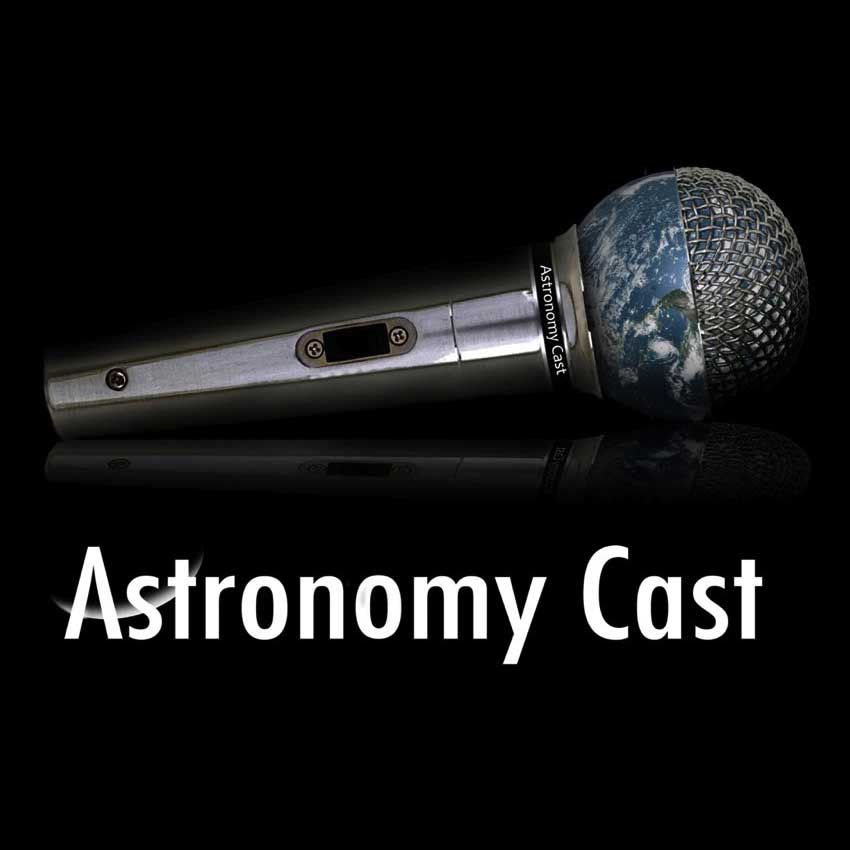

If there’s one place we’ve learned more about in the last 10 years, it’s Mars. What have we learned about Elon Musk’s future home?
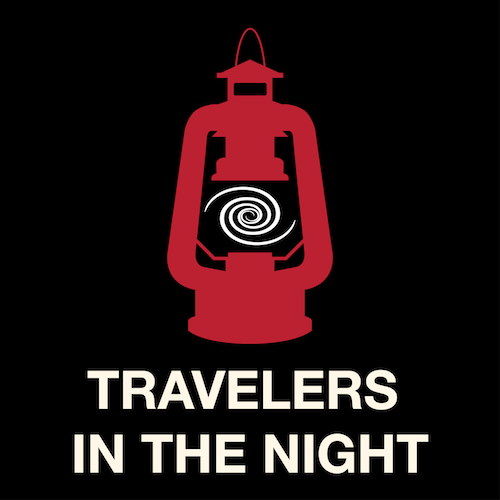
When is the best time to spot meteors? Check it out with @Nmcanopus. And more info about the Tissint meteor at #365DaysOfAstro
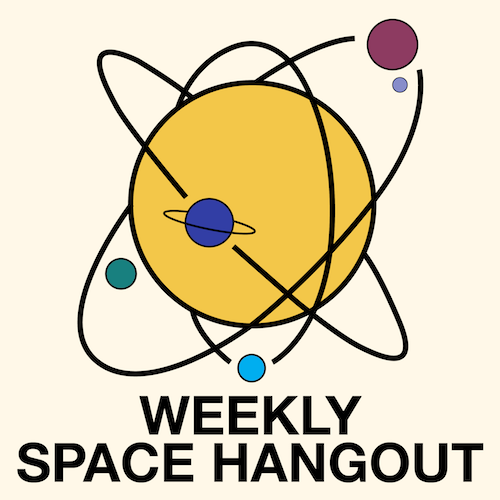
Lets discuss about Treknology: The Science of Star Trek and more updates including helicopter for mars & stars from the early moment of the universe

Lets discuss about how to create an amazing data-driven visual content using space science data from NASA initiatives for education and public outreach. more at #365DaysOfAstro
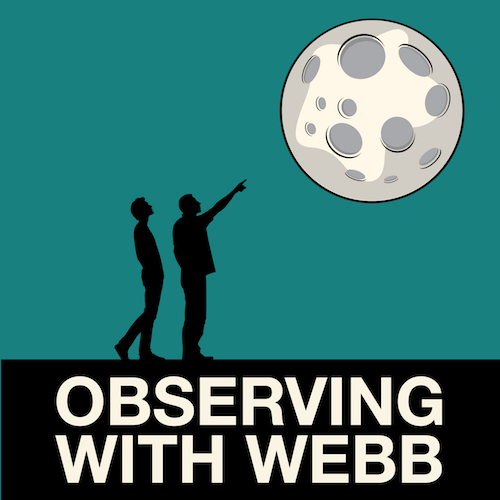
May will be a month for 4 out of the 5 naked eye planets, with Venus and Jupiter visible early each night and Mars and Saturn visible in the mornings, along with close encounters between each of these and the Moon.

Dr. David Weintraub discuss about history of our fascination with the Red Planet, as well as describes the the various moral issues that surround our desire to go there.
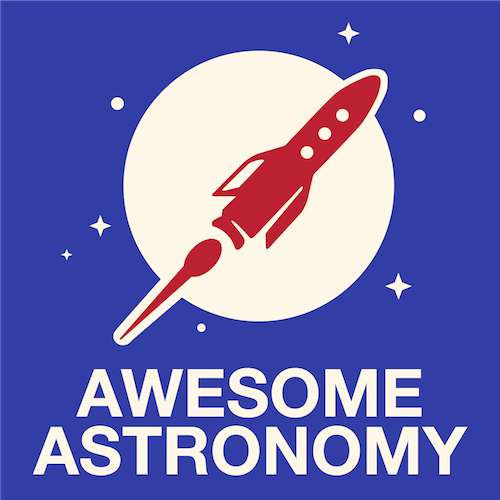
The Trappist-1 system of 7 planets orbits a dim M type red dwarf star about 40 light years away in the constellation of Aquarius.

April brings us plenty of Jupiter time, a close encounter between Mars and Saturn, and a potentially decent Lyrid meteor shower. And MAYBE some better weather.
